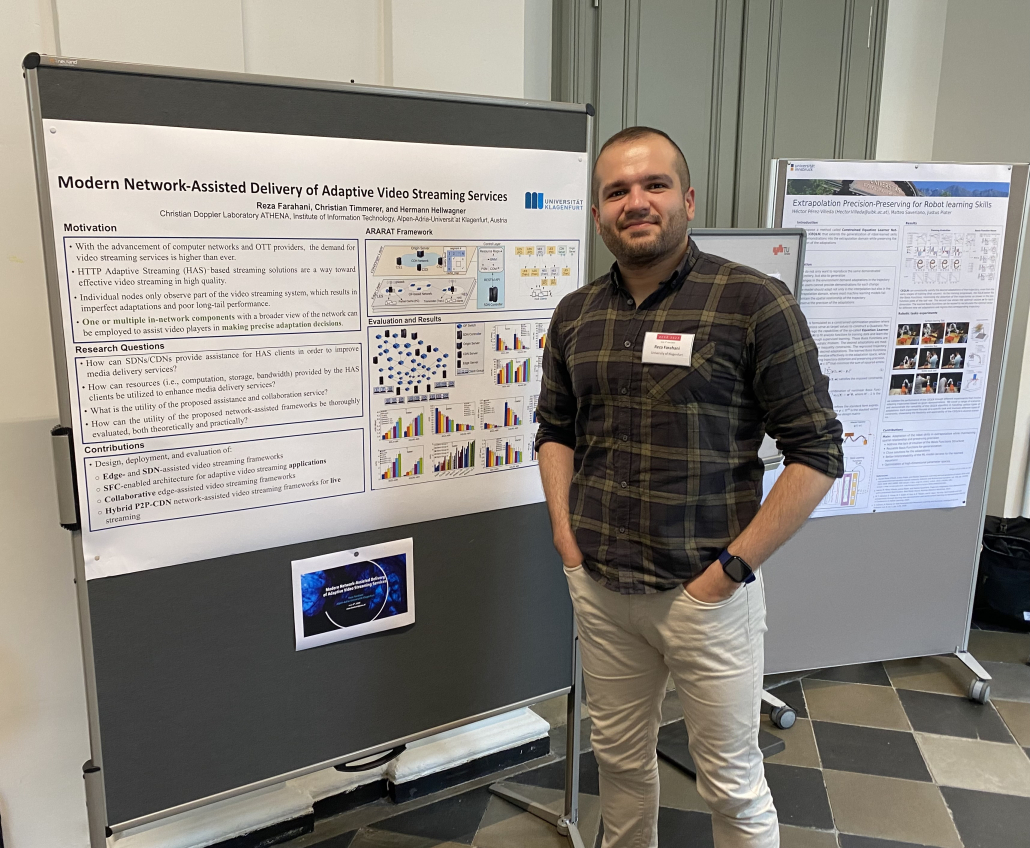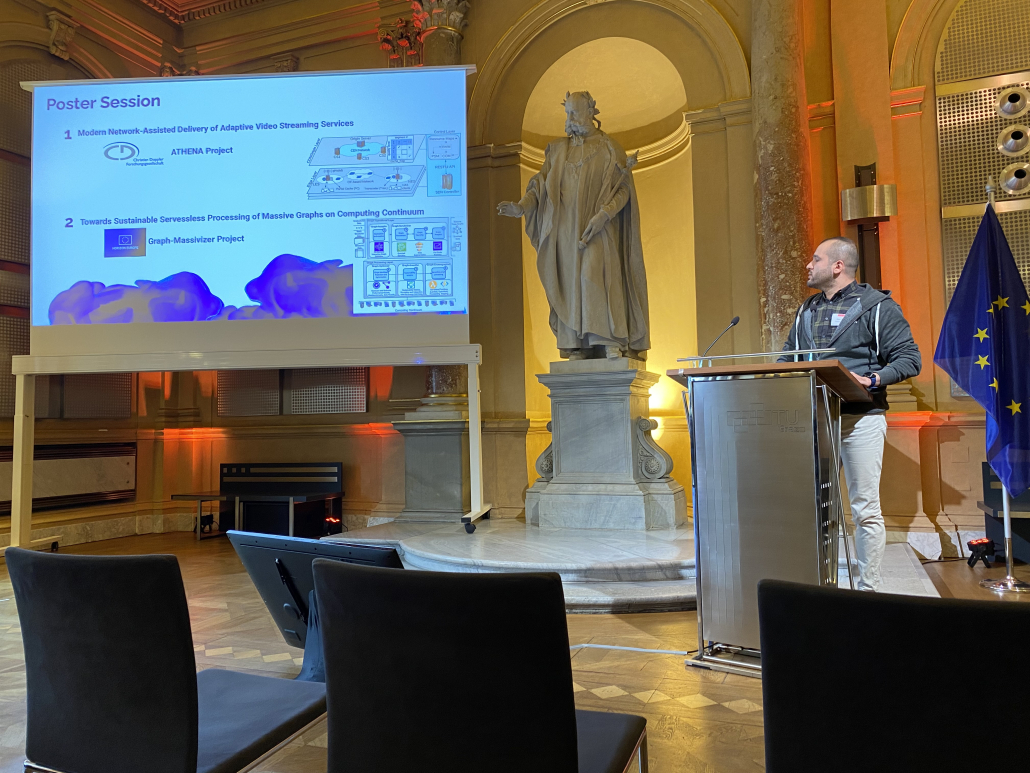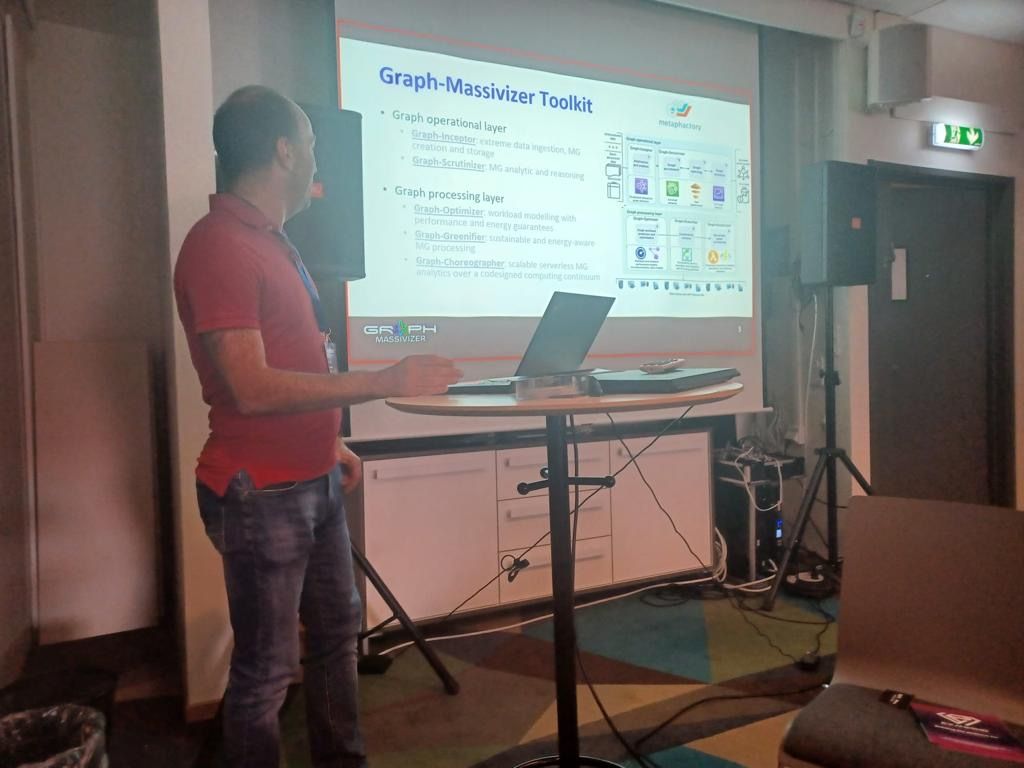Title: Designing A Sustainable Serverless Graph Processing Tool on the Computing Continuum
Authors: Reza Farahani, Sashko Ristov, and Radu Prodan
29th International European Conference on Parallel and Distributed Computing, , LIMASSOL, CYPRUS, 28 August–1 September 2023
Abstract: Graph processing has become increasingly popular and essential for solving complex problems in various domains, like social networks. However, processing graphs at a massive scale poses critical challenges, such as inefficient resource and energy utilization. To bridge such challenges, the Graph-Massivizer project, funded by the Horizon Europe research and innovation program, conducts research and develops a high-performance, scalable, and sustainable platform for information processing and reasoning based on the massive graph (MG) representation of extreme data. This paper presents an initial architectural design for the Choreographer, one of the five Graph-Massivizer tools. We explain Choreographer’s components and their collaboration with other Graph-Massivizer tools. We demonstrate how Choreographer can adopt the emerging serverless computing paradigm to process Basic Graph Operations (BGOs) as serverless functions across the computing continuum efficiently. Moreover, we present an early vision of our federated Function-as-a-Service (FaaS) testbed, which will be used to conduct experiments and assess Choreographer performance.

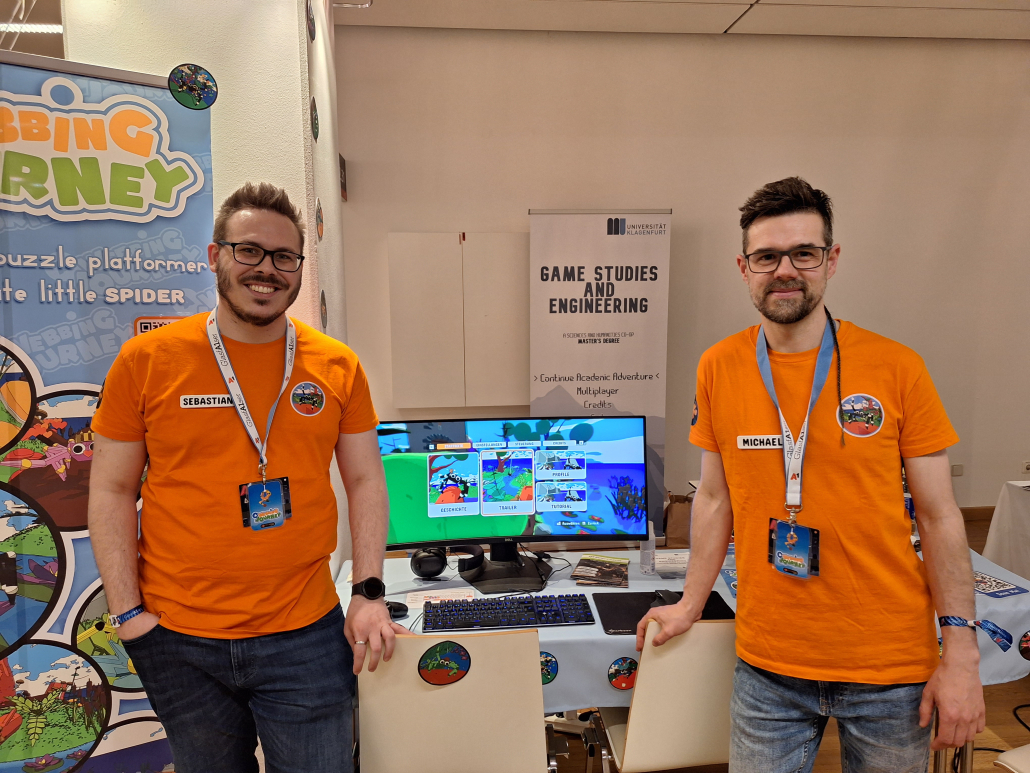


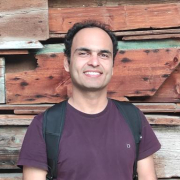





 Josef Hammer presented the poster
Josef Hammer presented the poster 
